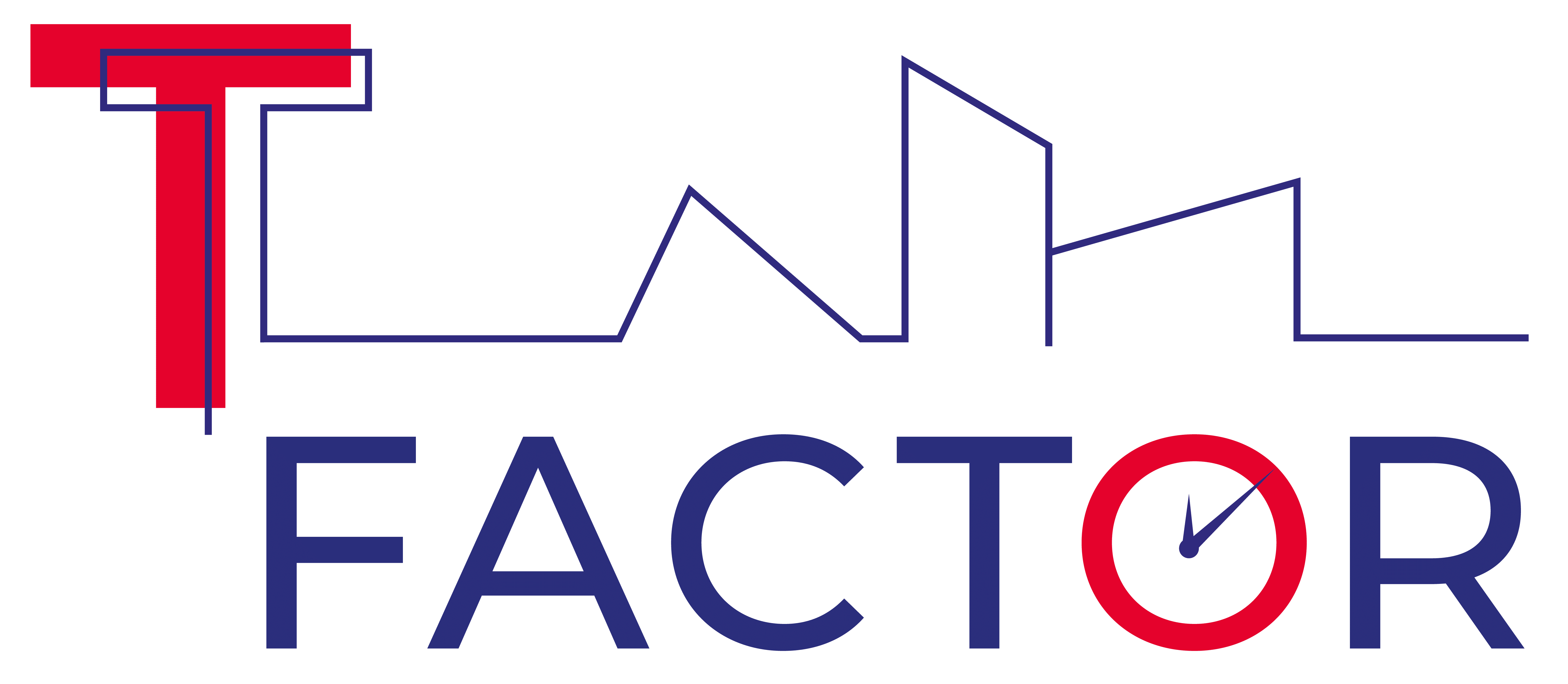Key highlights and videos of the webinar
In the aftermath of the Covid-19 pandemic and the context of climate breakdown in which we live, urban regeneration requires new and bold approaches to the way we reboot our cities and we think through and for transformative impact. This webinar, which gathered together policy experts from the European Commission and OECD as well as practitioners from different EU projects, discussed key challenges and opportunities for sustainable and inclusive urban transformations, and further showcased different approaches to impact measurement in this field.
Check out the key highlights below or watch the full videos!
Part 1 – The European way to cities’ rewiring in the post-pandemic
A conversation with:
Maria Yeroyanni, DG Research and Innovation, European Commission
‘Green, resilient, smart and inclusive transition stands as the ultimate goal within the European Horizon Mission on Climate-Neutral and Smart Cities by 2030. Within this mission, cities across Europe will have a unique opportunity to experiment and set the path to sustainable and socially innovative urban transformations, according to the ambitions of the European Green Deal and the New European Bauhaus. Opportunities are there to explore holistic and systemic approaches to urban planning, new forms of participative governance, new financing models, smart systems and data platforms all across themes – in the frame of the Horizon Europe new cities partnership “Driving Urban Transitions to a Sustainable Future” – such as ‘15 minutes cities’, energy positive districts, circular cities and many more’.
Natalia Gkiaouri, DG for Internal Market, Industry, Entrepreneurship and SMEs, European Commission
‘The pandemic is bringing about the need to rethink our economies as ‘proximity’ economies – ones that are rooted in local value chains, local production and consumption, and that improve citizens’ lives through human-centric, circular and sharing models. Within DG GROW, the Intelligent Cities Challenge initiative brings together a community of 136 EU cities to lead the green and digital transformation of their local economy and foster social resilience. It provides strategic guidance and support to cities especially in developing Local Green Deals, identifying technology-powered solutions and business models to advance economic, social and environmental causes through Tech4Good, and in engaging with multi-stakeholder partnerships for Upskilling and Reskilling and wide capacity-building.
Karen Maguire, Centre for Entrepreneurship, SMEs, Regions and Cities, OECD
‘Social economy and social innovation are key drivers of green and inclusive urban transitions in the post-pandemic. They have a lot to say in terms of boosting change in lifestyles and behaviors, engaging citizens in decision-making and defining alternative business models; there is increasing interest and momentum across EU, national, regional and local levels on social innovation and social economy as vehicles for creating ecosystems of change that can drive deep transformations. The OECD is particularly investigating the different factors and ingredients that can lead to creating such ecosystems, also with a particular focus on youth and the role of social economy in driving new jobs and skills that can embrace young people’s aspirations for a better future’.
Mariachiara Esposito, DG Education and Culture, European Commission
‘Over the past years and even more in the aftermath of the pandemic, the Commission has been investing a lot of effort in bringing forward the role of culture for sustainable development and, following the inclusion of a new priority for culture as a driver of sustainable development in the Work Plan for Culture 2019-2022, a new working group of Member States experts has been launched in 2021 to reinforce the integration of cultural policies in the national sustainable development strategies. Within the scope of the Recovery and Resilience Facility , the Commission has facilitated Member States who have envisaged to dedicate support to cultural sectors across the measures and priorities of their national recovery and resilience plans, to mainstream cultural investments linking to the overarching topics of the green transition and digital transformation. Measures foreseen by MS include for example support to energy efficiency of cultural facilities and buildings, green skills and jobs, digitisation of cultural content and infrastructure. Furthermore, the New European Bauhaus offers the unique opportunity to link different stakeholders and disciplines into a collective exploration of culture as driver of sustainability, beauty and inclusiveness in cities, through different support initiatives and calls for funding that explore ways to reconnect with nature, regain sense of belonging, prioritizing places and people that need it the most, and boosting long term life cycle thinking in industrial ecosystems.’’
Useful resources and links shared in the session:
- Horizon Europe’s mission 100 Climate-neutral and smart EU cities by 2030
- Intelligent Cities Challenge
- Local Green Deals-8.pdf (intelligentcitieschallenge.eu)
- Home – Tech4Good Marketplace (intelligentcitieschallenge.eu)
- A pragmatic guide to reskilling-FINAL.pdf (intelligentcitieschallenge.eu)
- The new Cities Partnership DUT – Drive Urban Transitions for a sustainable future
- New European Bauhaus
- EU R&I for and with Cities Report
- City Science initiative
- Recovery and Resilience Facility
- On culture and creative sectors and local development: https://www.oecd.org/cfe/leed/culture.htm
- Health post-recovery initiatives report: https://op.europa.eu/en/publication-detail/-/publication/1a11dc10-edba-11eb-a71c-01aa75ed71a1
- Cities Mission newsletter: https://ec.europa.eu/newsroom/rtd/user-subscriptions/2551/create
- Info on R&I projects, calls, opportunities on urban innovation
- OECD-EC Better Entrepreneurship Policy Tool https://betterentrepreneurship.eu/
- https://www.oecd-ilibrary.org/industry-and-services/building-local-ecosystems-for-social-innovation_bef867cd-en

Show & Tell Round 1, moderated by Emanuela De Menna, European Research Executive Agency, European Commission
Laura Martelloni and Ignace De Somer, T-FACTOR
‘A key aspect of temporary use strategies in urban regeneration is in that they can accelerate time to impact and unlock co-benefits. Yet, as these benefits usually come from systemic effects, we cannot really think in terms of attribution and linear paths to impact. We soon realized that we needed a different approach, one that could focus more on an anecdotal theory of change that would allow us to capture impact stories across different publics and consider both the intended and unintended consequences of temporary uses in urban regeneration.’
Alex Pazaitis, CENTRINNO
‘Indicators often measure what can be measured, and not what matters most. It is not difficult to come up with an impact framework per se; what is difficult is to create an impact framework that is meaningful for the transformations we are aiming at. Often, we end up with vanity metrics that just show surface impact. This does not only prevent a systemic approach to impact, but also limits our understanding of what is or is not working well. In CENTRINNO, we adopt outcome mapping as a way to enable and steer transition towards regenerative cities by focusing on improving over proving; understanding over reporting; and attributing knowledge over credit’
Vera Gregorio and Chris Taylor, HUB-IN
‘In HUB-IN, we adopt a logic model to theory of change that explores the path from problems, passing through activities delivered in address to such problems, the direct outputs generated, and how these outputs contribute to outcomes and impacts. We consider outputs and outcomes at both programme level – with specific tools and capacity-building activities, as well as the pilot cities’ level of specific interventions. One key aspect is in that we are aiming to define and capture both output and process metrics, as way to foster new knowledge and capacities to engage with and steer transformative, heritage-driven change in cities,
Denia Kolokotsa, VARCITIES
‘Health & wellbeing in cities must be understood according to the specificities of the local contexts and the perceptions and values of citizens and the local communities. At the start of the project, we developed an extensive mapping activity which combined PESTLE and SWOT analysis to explore the factors that different actors and stakeholders perceive as critical to health and wellbeing in cities, and to better define viable strategies of intervention. This allows us to better explore issues that are mainly qualitative, analyzing problems through a holistic approach.’



Show & Tell Round 2, moderated by Alejandra Castro, TU Dortmund University
Hanna Szemzo, Open Heritage
‘One of the key lessons is that qualitative methods work better especially when we are focussing on process change, because they also allow us to better capture unexpected results. In our experience, qualitative methods are especially appropriate when we focus on processes and want to capture subtle changes over time along with unexpected results. For the assessment of local impacts in OpenHeritage, we combine a self-assessment questionnaire – defined in an iterative process with the Labs – with semi-structured local stakeholder interviews and an expert evaluation. Additionally, one key question to be explored over time will be about ‘what would you have done differently and how? This is designed to support the critical reflection of Lab operators, to help us build informed and experience-based recommendations for future actions.’
Ruba Saleh, CLIC
‘One of the key challenges we faced is how we could capture different forms of value creation stemming from a circular approach to cultural heritage adaptive reuse, and how we could frame these novel value flows in an integrated manner. The business model canvas typically thinks in monetary terms mainly, without considering the human-centered approach and environmental aspects which are key in the CLIC project. We therefore used the Flourishing Business Model which considers environmental regeneration, social benefits and economic viability, and integrated it with the results of the mapping activity we did with local communities around the existing resources, possible adaptive reuse and ways to co-preserve and co-create new values.’
Cristiana Parisi, REFLOW
‘The transition to circular and regenerative cities is a systemic process that shall consider multiple layers of innovation, including products and materials, business models and services, socio-technical and societal systems. In REFLOW, we relied on social return on investment methodologies and adapted to the city context, in order to measure social impact in ways that are relevant to the people and organizations that experience or contribute to it. The power of SROI methodology applied to circular cities transition is in that it can point not only to economic and environmental benefits, but also capture the potential of the circular economy to unlock social and cultural innovations and clearly present it in monetary terms’.

